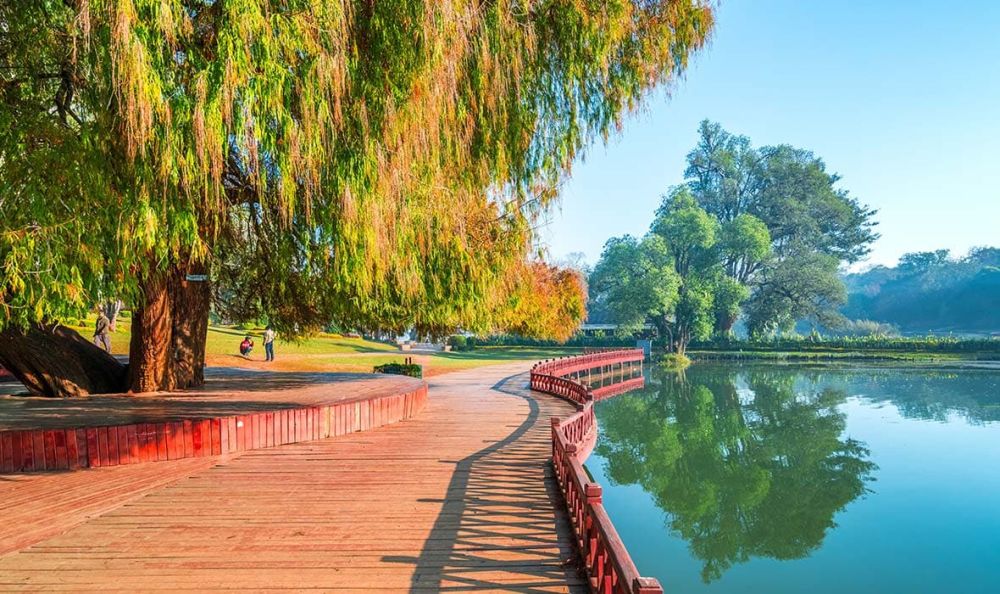

Nestled in the Shan Highlands of Myanmar, the charming town of Pyin Oo Lwin, also known as Maymyo, has a rich history intertwined with British colonial heritage and a burgeoning contemporary tourism scene. Once a tranquil Shan village, Pyin Oo Lwin was transformed into a summer retreat by the British in the late 19th century, owing to its cool climate and mesmerizing landscapes.
The town's transformation into a tourist destination began in earnest during colonial times. British officers, weary of the intense heat of the plains, would retreat to Pyin Oo Lwin for respite. The colonial administration established military cantonment areas and built numerous bungalows and beautiful gardens, which are still a hallmark of the town's charm. What was once a sanctuary for the British elite has gradually transformed into a must-visit destination for both local and international tourists.
After Myanmar gained independence from Britain in 1948, Pyin Oo Lwin saw a shift in its visitor demographics. With the pageantry of empire receding into history, the town opened its arms wider to local travelers and international visitors alike. It remained, as it was during the colonial era, a place of escape from harsh climates. New hotels, guesthouses, and attractions started to amplify its appeal.
In recent years, there is an increasing trend towards sustainable and eco-friendly tourism practices in Pyin Oo Lwin. This includes promoting community-based tourism, which allows visitors to engage more authentically with local cultures and traditions. Additionally, there is a growing awareness of the need to preserve the natural habitats and colonial-era heritage that make the town unique.
New accommodations that focus on minimizing environmental impact are also becoming more popular, catering to travelers who value sustainability. Efforts are being reinforced by both the public and private sectors to ensure that tourism development does not compromise the serene atmosphere that defines Pyin Oo Lwin's allure.
The town of Pyin Oo Lwin stands as a testament to the constant evolution of tourism in Myanmar. From colonial hideaway to contemporary tourist hotspot, its journey mirrors the broader history of Myanmar's opening to the world. For visitors seeking a blend of historical insight, natural beauty, and a taste of local life, Pyin Oo Lwin continues to hold a special place in the heart of Myanmar's tourism landscape.